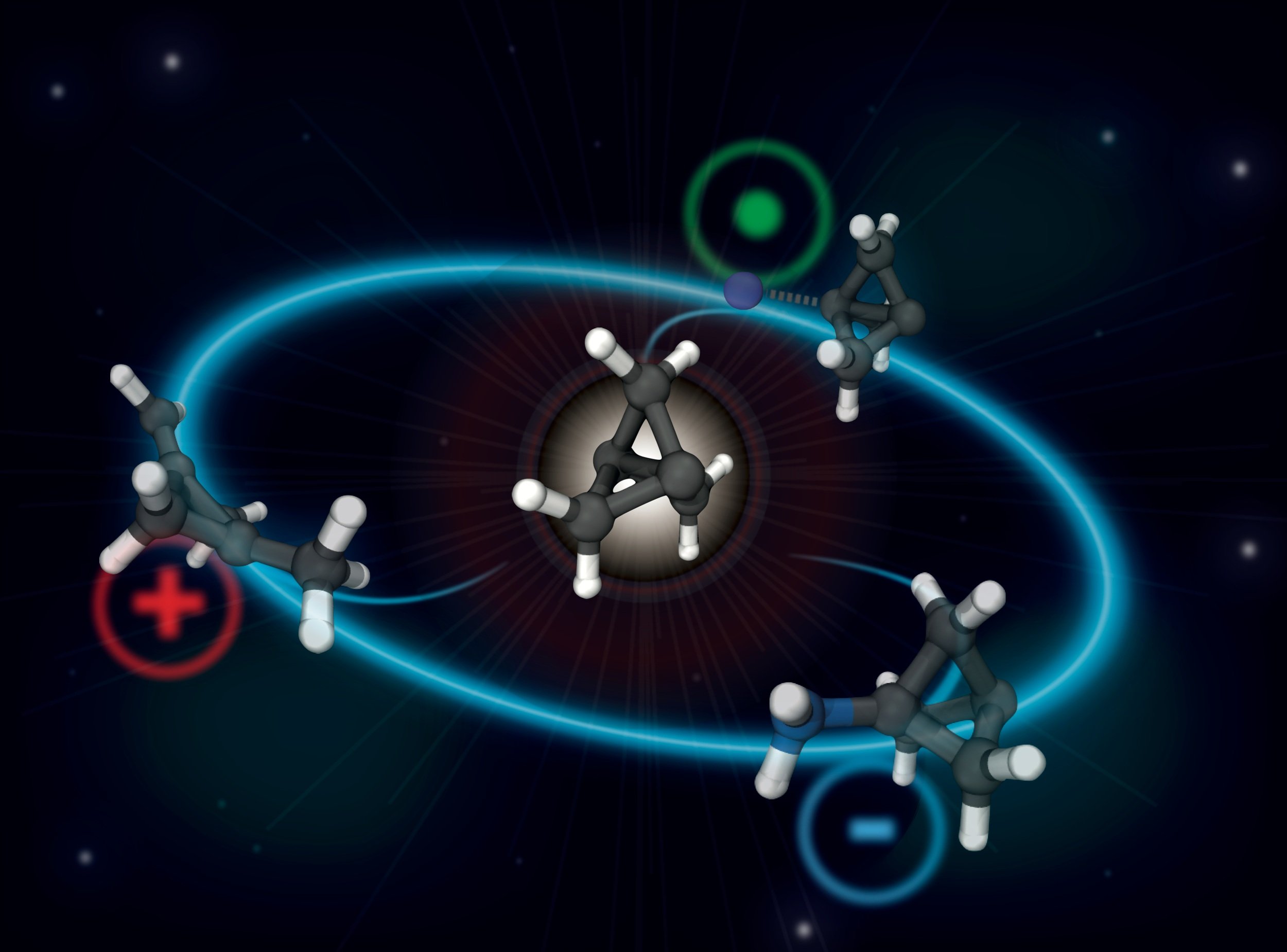We use DFT and ab initio quantum chemical calculations to understand the reactivity of unusual organic structures and uncover the origins of regio/stereoselectivity in chemical reactions. This information is used to derive new reactivity models and to guide synthetic efforts. Applications include natural products characterisation, enantioselective catalysis and the general understanding of catalytic pathways.
Physical Organic Chemistry
Relevant publications
N. Frank, J. Nugent, B. Shire, H. Pickford, P. Rabe, A. Sterling, T. Zarganes-Tzitzikas, T. Grimes, A. Thompson, R. Smith, C. Schofield, P. Brennan, F. Duarte, E. Anderson. Synthesis of meta-substituted arene bioisosteres from [3.1.1]propellane. Nature 2022, 611, 721.
R. McNamee, N. Frank, K. Christensen, F. Duarte, E. Anderson, Taming non-classical carbocations to control small ring reactivity. Sci. Adv., 2024, 10(2), eadj9695.
A. J. Sterling, S. Zavitsanou, J. Ford, F. Duarte. Selectivity in organocatalysis—From qualitative to quantitative predictive models. WIREs Comput Mol Sci. 2021, e1518.
T. A. Young, J. J. Silcock, A. J. Sterling, F. Duarte. autodE: Automated Calculation of Reaction Energy Profiles–Application to Organic and Organometallic Reactions. Angew. Chem. Int. Ed. 2021, 60, 4266.
M. L. J. Wong, A. J. Sterling, J. J Mousseau, F. Duarte, E. A. Anderson. Direct catalytic asymmetric synthesis of α-chiral bicyclo[1.1.1]pentanes. Nat. Commun. 2021, 12, 1644.

